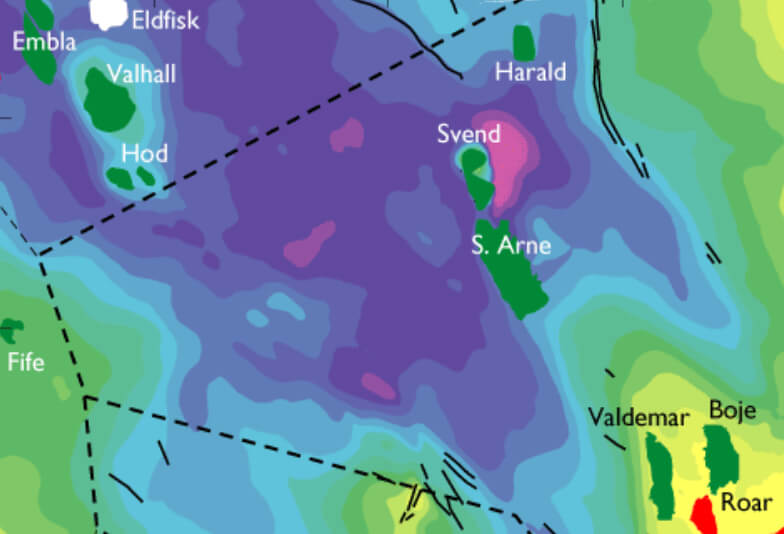
How to Cite
Share
Abstract
In an oil reservoir, the geometry of the interface between water and oil is critical in determining the volume of oil trapped below the top seal. If the interface is planar and horizontal, the volume calculation is fairly simple, but if the interface is tilted or undulating, estimation of the volume of the trapped oil is complex as it depends on the combined structural and fluid contact geometry. Since accumulation of the oil may take place over a time span of several million years, while the reservoir is experiencing burial and compaction, the charge history must be studied using dynamic methods that account for these changes and for flow in both the oil and water phases. These processes have been studied quantitatively at the Geological Survey of Denmark and Greenland (GEUS) in a project that has combined the burial model with a fluid flow simulator. The modelling study shows that filling of a chalk reservoir can have a very long and complex history dominated by very low fluid flow rates (cm/year). The resulting modelled present-day situation exhibits a very irregular oil distribution and a non-planar geometry of the fluid contacts, and shows marked similarities to that shown by the field data.
How to Cite
Share
Downloads
Editors: Martin Sønderholm & A.K. Higgins
The Review of Survey activities presents a selection of 23 papers reflecting the wide spectrum of activities of the Geological Survey of Denmark and Greenland, from the microbial to the plate tectonic level.
The Survey's activities in Denmark are documented by ten papers. These include discussion of the [...]










